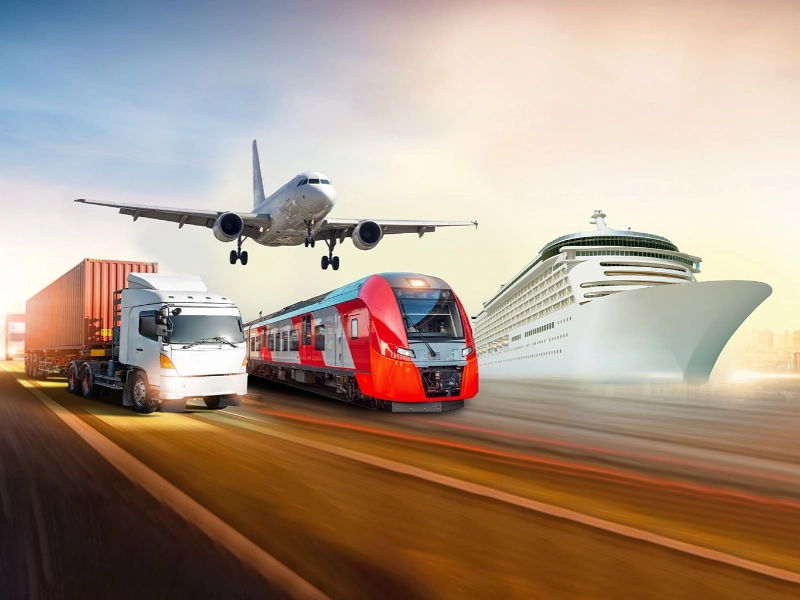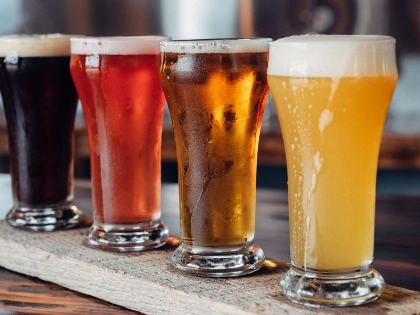The Future of Transportation - What's Next?
Future transportation will be more intelligent, eco-friendly, and frictionless. Autonomous vehicles and flying taxis are examples of concepts that were once limited to science fiction but are now becoming a reality. Traffic jams are caused by roads built 20 or 50 years ago not being able to handle the current demand. Current technological developments have the potential to drastically alter the system.

Autonomous Vehicles
Notwithstanding several logistical obstacles, such as wealth disparity, overpopulation, and climate change, the transportation sector is seeing a surge in innovation. Expected to become innovative, economical, and environmentally friendly, autonomous vehicles will also enable safe mobility for people of all income levels. The ability of driverless car technology to completely eradicate human mistake is its most fascinating feature. These cars will map their environment using a variety of sensors. Lidar (light detection and ranging) sensors bounce light pulses off the surroundings of the automobile to measure distances and identify lane lines, while radar sensors detect objects and video cameras read road signs and monitor other vehicles. Reduced energy use and decreased road congestion are further advantages. Automated vehicles, for instance, can be configured to give three to four car lengths of space ahead of them, making lane changes on highways more seamless. Additionally, it might lessen the need for frequent braking, which uses gasoline. Additionally, by "platooning" with other trucks, driving in unison, and doing away with the need to stop and start, autonomous vehicles may use fuel more effectively.
Drone Transport
Though it's difficult to envision transportation in a few decades, some ground-breaking concepts are already in development, testing, or are only a few regulatory steps away. New technologies will transform international travel, whether they be in the form of 600 mph aerial pods carrying individuals to work or MagLev trains suspended over city streets. One such technology that will significantly reduce carbon emissions is drone delivery. When it comes to deliveries that need to be made fast, a drone's capacity to maneuver through challenging terrain makes it significantly more efficient than a truck. In rural areas, where energy usage is minimal, drone use may be very successful. However, businesses need to ensure that rules will keep up with the latest technological advancements before investing in them.
Accelerated Rail
Humans have always looked for ways to go farther and faster. Modern transportation is about to undergo a transformation thanks to creative concepts that only a few years ago appeared like science fiction. All facets of transportation, including the technological and physical infrastructure as well as the methods of moving people and products, will be impacted by these trends. Anticipate an emphasis on cost-effective urban transportation options and environmental solutions that lower greenhouse gas emissions and reliance on gasoline. While some futuristic ideas, like self-flying electric automobiles and maglev trains hung above city streets, may sound fantastical, the majority will only be small advancements. By raising capacity, cutting expenses, and enhancing modal or terminal performance, these will boost productivity. Additionally, they will support everyone's ability to pay, access, and equally enjoy transportation.
City Smarts
Since the beginning of time, humans have had the capacity to travel from one place to another. We are continuously moving toward quicker, safer, and more efficient modes of transportation, starting with chariots and continuing through carriages, steam engines, vehicles, and airplanes. Even though some of these technologies—like flying taxis and supersonic passenger planes—seem future, many of them are currently under development and could soon be seen on local roadways. The most significant developments will be seen in Smart Cities, where data is utilized to manage traffic patterns and streetlights. For instance, a city like Kansas City employs sensors to track traffic patterns and provide information to its public transportation systems, enabling them to better serve riders' needs in light of the circumstances at hand. In addition to allowing people to bypass the line, this eases traffic on city streets. Additionally, this kind of technology is assisting cities in being more sustainable and green. This is accomplished through developing alternative fuels, enhancing energy efficiency, and lowering carbon emissions from automobiles.








